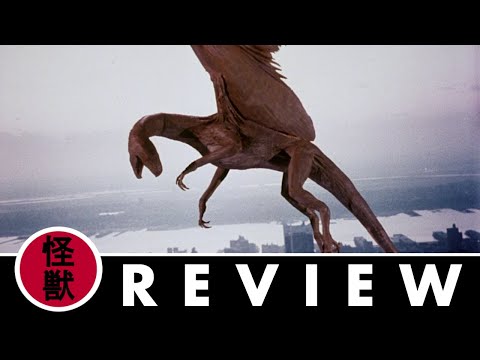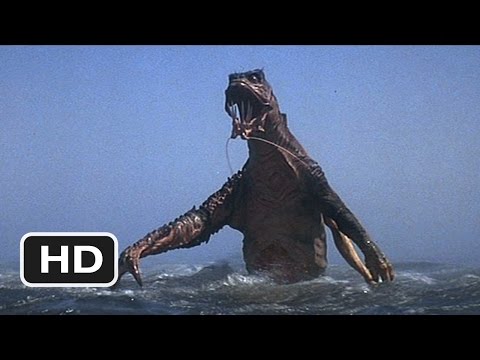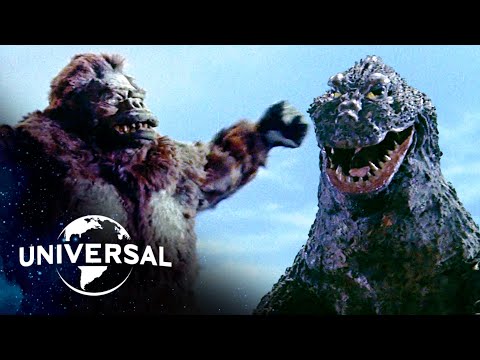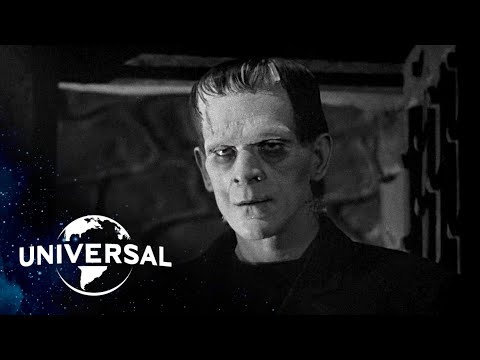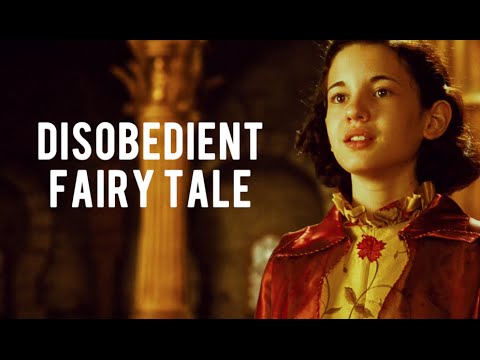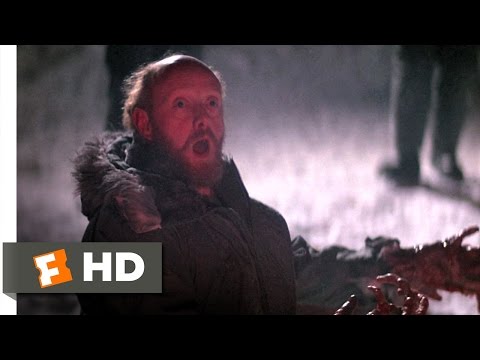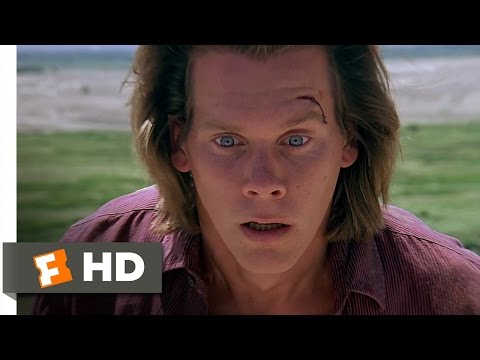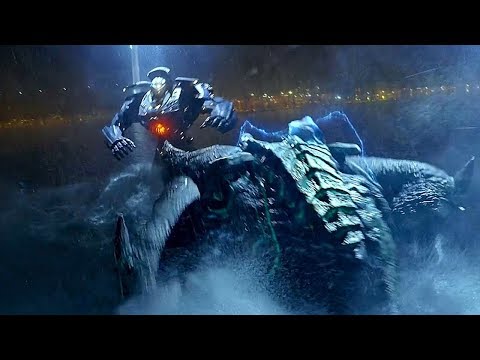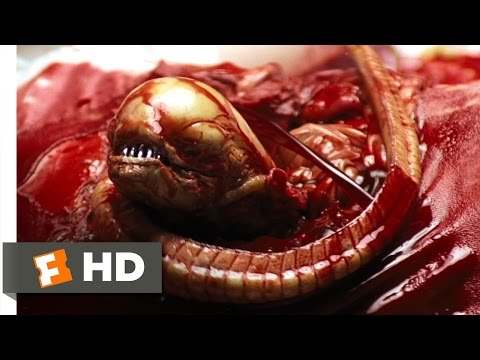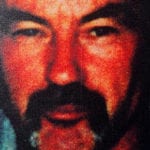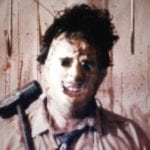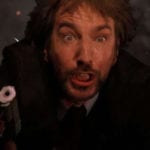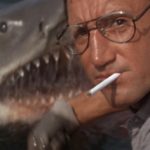Frankenstein first made his onscreen debut in 1910 in a 13-minute film directed by J. Searle Dawley and starring Charles Ogle. In 1941, Lon Chaney Jr. played The Wolf Man, and in 1954, The Creature from the Black Lagoon introduced audiences to an aquatic humanoid monster. On this list are some more entertaining facts about some of the most beloved monster movies and their creatures that have stomped onto our screens over the years.
10 Q: The Winged Serpent (1982)
David Carradine and Richard Roundtree star in the bonkers 1982 monster movie, Q: The Winged Serpent. There are decapitations, a flaying, and a whole lot more, courtesy of a winged Aztec monster that takes up residence in the spire of the Chrysler building. Producer and director Larry Cohen was in New York to direct another film for which he had written a screenplay but was fired a mere week into production. Instead of leaving in defeat, he spent a few days in the city working on pre-production and then started shooting Q. David Carradine, who had received a telegram from Cohen, arrived in New York without knowing that he was to play the role of a detective in a monster movie. Michael Moriarty, who plays a crook, was hired because Cohen happened to like him and ran into him in a New York café. It took six attempts at convincing those in charge of the Chrysler Building—and continuous offers of more money—before Cohen was allowed to shoot scenes there. And even though the spire was unsteady and quite unsafe, Cohen simply said that the budget didn’t allow for a safer model to be built, and filming continued.[1]
9 Leviathan (1989)
After its release in 1989, the science fiction horror film Leviathan was slated by critics for its similarities to Alien and The Thing. The movie centers around the crew of an underwater geological facility who are stalked and killed by a mutant monster—Leviathan. The creepy-looking monster was inspired by a library of marine life images and medical reference books. This led to the filmmakers blending human body parts with elements of marine animals to create a beast sporting a fish head and sharp teeth. Tom Woodruff brought the creature suit to life, and deep-dive suits were specifically designed for each lead actor. These suits were made of white fiberglass shells and had bellows at the bottom of the feet that squirted air whenever a character stepped down. This was to ensure the dust on the ground would “poof” out, making the underwater scenes more realistic.[2]
8 An American Werewolf in London (1981)
As a teenager in 1969, director John Landis saw a man being wrapped in garlic and buried feet first out of fear that he would come back to life. This inspired him to write the script of the horror-comedy, An American Werewolf in London. However, no one was interested in producing the film until 1981, and by that time, five other werewolf movies had already seen the light. David Naughton, who got the starring role after a 10-minute conversation with Landis, had to sit still for 10 hours every day to be transformed into a werewolf with the help of special makeup effects artist Rick Baker. Michael Jackson was a huge fan of Baker’s work and hired him to direct his “Thriller” music video, as well as do all the makeup effects. Also, Landis had to bribe police officers to film in Piccadilly Circus: before Werewolf, filming here had been banned for around 15 years.[3]
7 King Kong vs. Godzilla (1962)
1962’s King Kong vs. Godzilla marked the first time fans were able to see the two giants in color and in widescreen format. To date, this entry in the monster franchise remains the most attended Godzilla film in Japan. Haruo Nakajima, who suited up as Godzilla, blended the moves of the original Godzilla with pro-wrestling moves for the big showdown with Kong, played by Shoichi Hirose. The movie also features a giant octopus that was mainly portrayed by a real cephalopod moving about on a miniature set. For the 2006 film Pirates of the Caribbean: Dead Man’s Chest, the computer animation director used the octopus footage as inspiration to make the movie’s Kraken look realistic.[4]
6 Frankenstein (1931)
Mary Shelley was 20 years old when her novel, Frankenstein, was published anonymously in London in January of 1818. The story of Victor Frankenstein, who creates a monster from corpse pieces, eventually inspired a slew of movies, TV shows, and plays. Watch this video on YouTube For the 1931 film, Bela Lugosi was offered the role of the monster, but he turned it down, which subsequently led to director Robert Florey also quitting. Boris Karloff ended up getting the role, but Lugosi eventually played the monster in the 1943 film Frankenstein Meets the Wolf Man. James Whale took over for Florey two weeks before shooting began. The film was the first to use the Castle Thunder sound effect and the monster makeup design will remain under copyright until 2026.[5]
5 Pan’s Labyrinth (2006)
Guillermo del Toro’s masterpiece, Pan’s Labyrinth, is full of monsters of a different kind. His film introduces creatures that are meant to haunt your dreams, such as the Mandrake Root, the Giant Toad, and of course, the Pale Man. Watch this video on YouTube The movie was intended to be a thematic complement to del Toro’s 2001 film, The Devil’s Backbone, but the events of 9/11 changed his perspective and how he portrayed brutality and innocence. Del Toro also said that he had been seated next to horror novelist Stephen King during a screening of Pan’s Labyrinth in New England and that King squirmed during the Pale Man scene. Del Toro reflected on this moment, saying it was the best thing that had ever happened to him. He also confirmed that the much-talked-about bottle attack scene was based on a real-life incident during which del Toro and a friend were involved in a brawl, and the friend was struck in the face with a bottle.[6]
4 The Thing (1982)
Despite being a classic horror film, The Thing bombed at the box office and received mainly negative reviews. Today, however, sentiment has changed, and the movie is considered to be one of John Carpenter’s best efforts. Tobe Hooper was originally chosen as director for the film, but after Universal received his rough draft, they were unimpressed and eventually handed the job to Carpenter. Watch this video on YouTube Special effects genius, Rob Bottin, was 21 years old when he got the gig to oversee the special effects for The Thing. He was dedicated to the extreme, working for a year straight without any leave. Unfortunately, this saw him landing in the hospital with double pneumonia and a bleeding ulcer. For his efforts, he received a special “thank you” in the end credits. Kurt Russell, who plays R.J. MacReady, throws a stick of dynamite during one scene, and it’s been revealed that his shocked reaction after being knocked off his feet was authentic because he misjudged the strength of the blast during filming.[7]
3 Tremors (1990)
This beloved monster horror-comedy film received great reviews after its release in 1990, with critics hailing the diverse cast and excellent humor. The movie gained a massive cult following after it became available on home video and TV and was one of the most rented films of 1990. Watch this video on YouTube Co-writer S.S. Wilson once worked as an editor at a Naval air station in the Mojave Desert. On his days off, he went hiking, and one day, he had a strange thought as he climbed over some large boulders: “What if something was under the ground and I couldn’t get off this rock.” He made a mental note of this, and years later, the giant worm monsters were “born.” The Alabama Hills in the California desert served as the backdrop for Tremors and later for a host of other movies, including Gladiator, Iron Man, and Man of Steel. One of the stars of the film, Kevin Bacon, later revealed that being involved with Tremors seemed like a low point in his career, and it caused him to sleepwalk while having nightmares. One time he even picked up his pregnant wife and carried her out into the street, all while sleepwalking.[8]
2 Pacific Rim (2013)
Pacific Rim was something of a gamble for Legendary Pictures because it didn’t have a pre-existing franchise to back it up. As a result, it didn’t do great in the U.S., but the gamble paid off in other parts of the world, where it became a huge hit. Screenwriter Travis Beacham was walking along the Santa Monica pier in 2007 when he envisioned a sea monster looming over it. He then pictured a huge robot materializing and fighting the beast. The final screenplay for Pacific Rim, featuring robots and monstrous sea creatures, was eventually co-written by Beacham and Guillermo del Toro. The Jaeger in the film, Gipsy Danger, had its gait based on John Wayne’s signature hip movements, and its design was influenced by the Chrysler and Empire State buildings.[9]
1 Alien (1979)
It’s hard to imagine the 1979 classic science fiction horror film, Alien, being called anything else, but the script was actually titled Star Beast at one point. Realizing that it didn’t sound quite right, the team behind the film settled on Alien. Alien went on to become one of the greatest films of all time and has been selected for preservation in the United States National Film Registry. It launched Sigourney Weaver’s acting career and spawned many sequels. Weaver and Meryl Streep were both considered for the lead role, but because Streep was dealing with the loss of her boyfriend at the time, the producers offered it to Weaver. The most memorable scene in the movie is the one in which a slimy creature bursts through Kane’s chest. The actors surrounding Kane (John Hurt) weren’t aware of just how much blood and intestines would be used during the scene because the director wanted authentic reactions. This is exactly what he got, especially from Veronica Cartwright, who looks downright horrified. This scene, as well as the face-hugger scene and the one where Ash gets his head knocked off, didn’t go over well with test audiences. Viewers fled theaters and vomited in nearby restrooms while one man even broke his arm trying to flee the cinema.[10] Read More: Mary and Me
